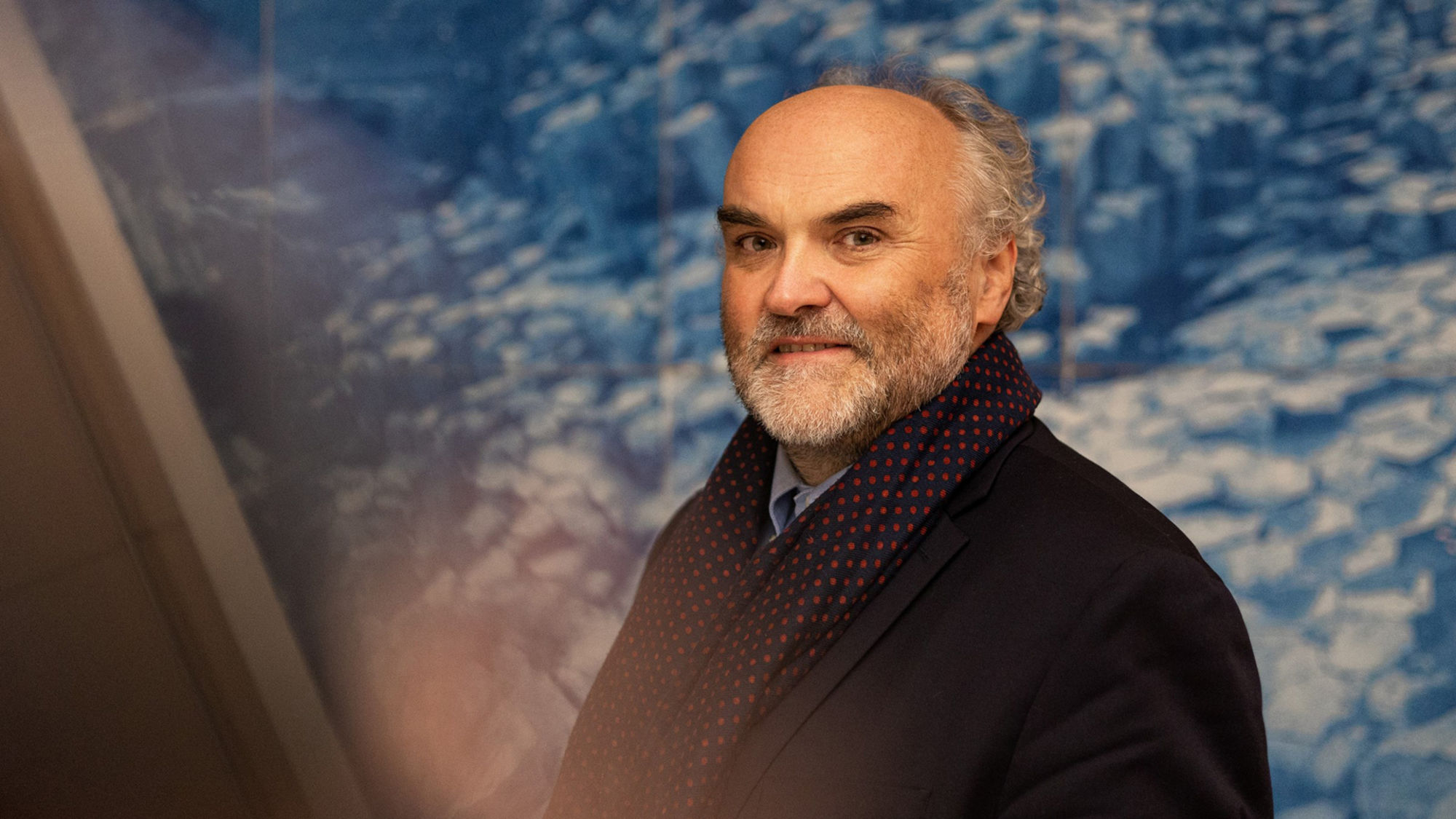THE FUTURE OF CZECH ART

Jiří Fajt, former director of the National Gallery in Prague and current Head of Programme and International Affairs at the Dresden State Art Collections, takes every opportunity to present Czech art abroad. He is one of the few to show it is both possible and worthwhile.
Culture also makes a very good soft diplomatic tool, but not many people in the Czech Republic are aware of this. Is there any way to change the perception of cultural diplomacy?
First and foremost, politicians should realise this. In the Czech Republic, there is still very little use of art and culture in general as an important communication tool. Art can communicate even intricate and complex societal issues in an understandable visual language, and it has the power – and indeed the privilege – to provoke, and thus to bring a certain topic into the shining light of public interest. It has exactly the kind of quality that absolutely does not fit into the usual diplomatic register.
What might improve this situation?
In my opinion, the only way to improve the situation is through quality education in the humanities and systematic aesthetic and intellectual cultivation of society, especially through well-functioning public cultural and artistic institutions. Culture and those who actively produce it can no longer be seen as mere consumers of public money, but as a fundamental element of our identity, as an essential co-creator of a generally accepted value scale and, last but not least, as an economic multiplier – as numerous studies from abroad show, every penny meaningfully invested in culture returns to the state budget many times over.
The Czech Republic lags behind the countries in the region when it comes to presenting artists abroad. Besides the necessary introduction of systemic tools, how can private collectors help?
Yes, the support for foreign presentation is poor in the Czech Republic, which is evident in comparison with our immediate neighbours. Even there we can see more or less fortunate periods depending on the ruling political party, but this country, in my opinion, shows a steady absence of systemic support for these activities. In the face of the increasingly obvious staleness of the public sector, private initiatives in the field of visual arts will become much more important, and I am convinced that the Czech art scene will be carried by private projects with a collector’s background in the next decade. The increase in the number and quality of their activities is a great promise for Czech art. Collecting enters the art scene in a significant way, even if only by providing existential security for many artists. Moreover, every collector at some stage of building a collection must inevitably ask themselves a very pragmatic question: “Where do I put it?” And so new exhibition spaces and art institutions are being created, often in unconventional industrial environments that are becoming popular visitor magnets in downtowns and beyond.
Do they compete with public institutions?
On the contrary, they could benefit from this situation and become a natural and empathetic partner to private collectors. However, we still have a long way to go, although without loans from private collections it is impossible to prepare even a cross-sectional exhibition project representing modern and contemporary Czech art. If the state sector is currently unable to come up with a coherent support for Czech art abroad, the situation of private collectors in this field is even more complicated, but not hopeless. The path leads through well-defined collections, attractive formats for their presentation and continuous creation of partnership relations beyond the Czech borders.
You are known as someone who is not afraid to cross boundaries, literally. Now you are based in Dresden, how has the optics of perceiving it changed with the distance from the professional events in the Czech Republic?
In general, with distance, the perspective widens, and only then you start to notice aspects that may seem unimportant in everyday contact or so commonplace or trivial that they are hardly worth mentioning. For me personally, the change of professional and family location more than twenty years ago was quite fundamental for the way I think about the art of Central and Central Eastern Europe. I even associate this experience with one particular moment when, on a trip to New York, my eyes were opened and I began to perceive Czech art in a much broader geographical context. And this is true both of the Middle Ages or the early modern period and of my thinking about contemporary art.
Do you foresee any dramaturgical changes or shifts in the presentation of art from Central and Central Eastern Europe?
Dresden has excellent historical prerequisites to become a “window” or “gateway” to the East. And its State Art Collections hope to contribute with their new dramaturgy focusing on the art scene in Central and Central Eastern Europe. Together with my colleagues, we are preparing further exhibition projects presenting historical and contemporary art in Poland, Estonia and Hungary. People interested in art from the Czech Republic will not miss out either, as we plan an exhibition project with František Skála or a display of medieval art patronage at the imperial court of Charles IV.